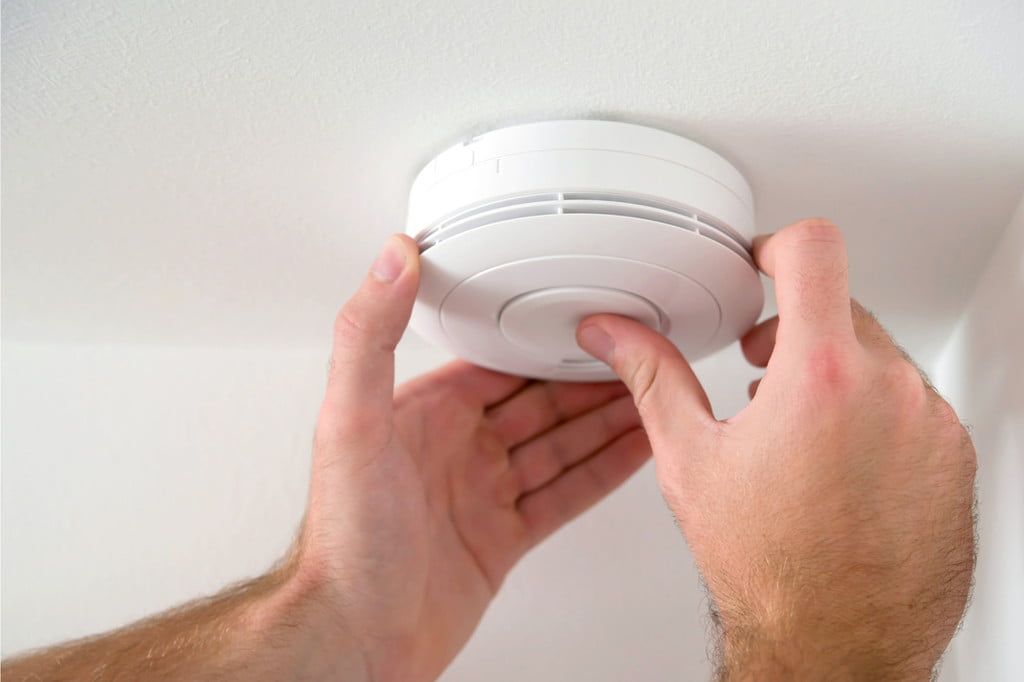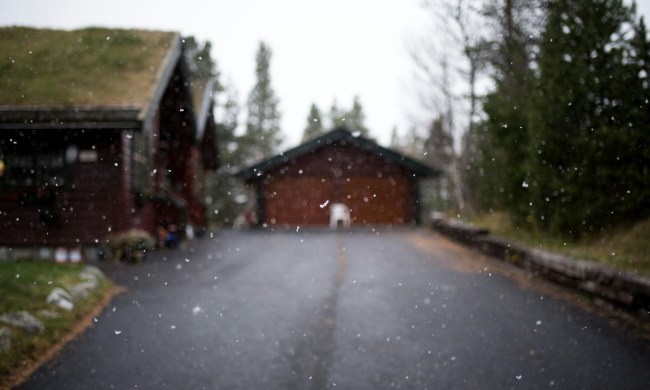Carbon monoxide is poisonous when breathed in, and it can be deadly if you’re exposed to it for too long. A carbon monoxide leak is possible in most homes, so it’s a good idea to be proactive about putting preventative measures in place. If you suspect a gas leak, you should immediately get your home tested, but periodic tests are also a good way to get ahead of the problem. We’re going to discuss the dangers of carbon monoxide in your home and how to detect it and test for it to keep your family safe.

What are the dangers of carbon monoxide?
Carbon monoxide poisoning gradually reduces your blood’s ability to carry oxygen to your body. It’s a dangerous condition because the first signs present as flu-like and include mild nausea, headaches, and fatigue. This makes it seem less than serious and causes people to wait too long to seek medical attention. However, as exposure time lengthens, symptoms intensify, and victims can experience incapacitating headaches, disorientation, loss of consciousness, and even heart failure. Another danger of carbon monoxide is that it’s odorless and colorless, so it’s difficult for people to detect until the leak has become a health risk.
Where does carbon monoxide come from?
When fuel burns, it emits carbon monoxide. This means that malfunctions in appliances can produce large amounts of carbon monoxide. Additionally, burning fuel while having poor air circulation can also increase the risk of carbon monoxide poisoning. Some common household items that are potential sources of carbon monoxide are:
- Gas appliances
- Water heaters
- Furnaces
- Fireplaces
- Gas-powered vehicles
- Charcoal grills
- Wood burning stoves
Telltale signs of a carbon monoxide leak
The first thing you’ll likely notice when there’s a carbon monoxide leak in your home is that everyone, not just one person, is feeling flu-like symptoms. You may even notice that your pets don’t seem to be feeling well. It’s a big red flag when everyone gets sick simultaneously. Additionally, appliances that are leaking carbon monoxide sometimes show signs of their own. These signs include higher levels of condensation around them and yellowish soot on or around the appliance.
Quick test for carbon monoxide detectors
The fastest and easiest way to monitor carbon monoxide in your home is to have working and fully operational carbon monoxide detectors. These detectors are either hard-wired into your electrical system or are powered with batteries. Both types have pros and cons:
Hard-wired detectors
- Can be connected with one another and sound the alarm on all when one is triggered
- Will not work when the power goes out
Battery-operated detectors
- Will work even when the power goes out
- Require battery changes to remain functional
Whichever power method you choose for your detector, a great function of many models, like Google Nest Protect
Where to install carbon monoxide detectors
It’s advised that detectors are installed on every floor of the home, including the basement. Additionally, installing detectors in areas where appliances and other items that emit carbon monoxide are housed is a good idea. These rooms include your kitchen if you have gas-powered appliances, over your attached garage door, and especially in your basement. On upper floors that only contain bedrooms, it’s sufficient to install a detector in the hallway connected to all of the bedrooms. This will ensure that the sounding alarm will wake you if there’s a carbon monoxide leak while you’re sleeping.
Since carbon monoxide is lighter than standard air, detectors should be placed high on the wall or on the ceiling. Placing them too low, like near the floor or in a lower outlet, may lead to poor detection.

Alternate methods for how to test for carbon monoxide
If you suspect a carbon monoxide leak in your home or if you don’t currently have detectors installed, there are a couple of testing methods you could use to gain some peace of mind.
Portable carbon monoxide meter
A portable meter is a handy device to have on hand, particularly if you have multiple gas-powered appliances in your home. You can run this meter in any room in your house or even nearby gas appliances to determine if you have dangerous carbon monoxide levels.
Professional air quality test
If you want a more official comprehensive test run in your home, professional air quality testing companies will come to your home and test the levels of carbon monoxide in the air. They will also give you an analysis of the overall air quality of your home.
Your family’s safety is of the utmost importance. You have smoke alarms and other safety measures in place in your home, and you may even have a comprehensive security system in your home to protect those you love. Since carbon monoxide is virtually undetectable by human eyes and noses, you need to have detectors and testing routines in place to prevent exposure to this common but deadly gas. Keep your family safe and well by being proactive when it comes to carbon monoxide in your home.



